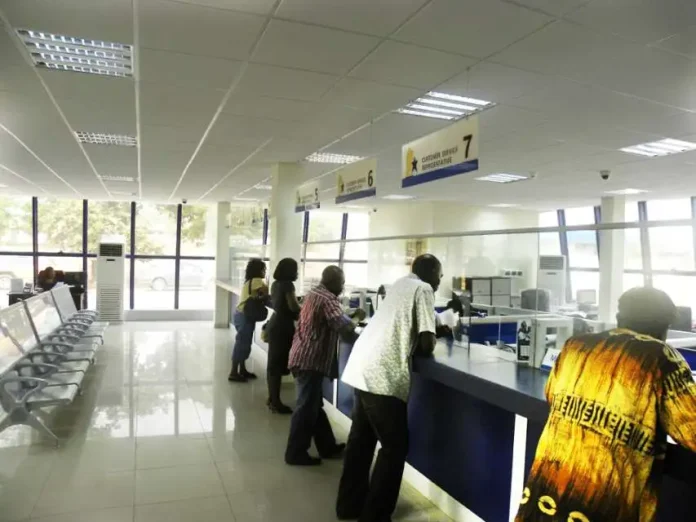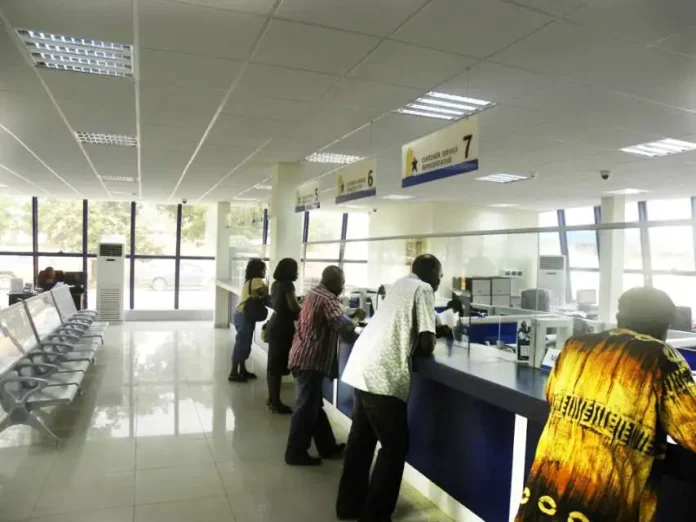Ghana’s state owned banks are expected to complete their recapitalisation by the end of 2025 as part of an International Monetary Fund backed plan aimed at stabilising the country’s financial sector.
The IMF set the deadline following a staff mission to Ghana from September 29 to October 10, 2025, led by Mission Chief Ruben Atoyan. The team assessed the country’s performance under the Extended Credit Facility, which provides Ghana with about $3.2 billion over three years.
In a statement at the end of the mission, Atoyan said the authorities have taken strong actions to support financial stability, including by implementing the strategy to restructure and reform state owned banks. The recapitalisation represents a critical step in strengthening banks that have struggled with capital deficits following the Domestic Debt Exchange Programme.
The IMF said the move is part of broader efforts to stabilise the financial sector following recent economic turbulence. It follows the government’s commitment to strengthen governance, improve transparency, and enhance the performance of state owned enterprises in sectors such as gold, cocoa, and energy.
The Fund confirmed it had reached a staff level agreement with Ghana on the fifth review of the IMF programme. Once approved by the IMF Executive Board, Ghana will access about $385 million, bringing total disbursements since May 2023 to roughly $2.8 billion. This represents a significant milestone in the country’s economic recovery journey.
According to Atoyan, macroeconomic stability is “taking root,” with stronger growth, robust exports, and improving foreign reserves. Inflation has also fallen within the Bank of Ghana’s target band, allowing for gradual monetary easing that should eventually translate into lower borrowing costs for businesses and consumers.
He noted that Ghana’s debt restructuring efforts are progressing well, with bilateral agreements concluded with several countries and negotiations continuing with commercial creditors. This progress has been crucial in restoring confidence in Ghana’s economic management.
On the fiscal front, the IMF reported a primary surplus of 1.1 percent of GDP for the first eight months of 2025, keeping Ghana on track to meet its 1.5 percent year end target. The government is also working on a 2026 budget consistent with a 1.5 percent primary surplus under a new Fiscal Responsibility Framework.
This fiscal discipline, while causing short term discomfort for many Ghanaians, is designed to prevent a return to the debt crises and high inflation that plagued the country in recent years. The question remains whether public patience will hold as the belt tightening continues.
The IMF mission also commended progress in the energy sector, citing renegotiated power purchase agreements, improved payments through the Cash Waterfall Mechanism, and quarterly tariff adjustments to reflect costs. These reforms are expected to reduce the burden of energy sector debts on the national budget.
Atoyan added that Ghana’s medium term outlook remains positive, with growth projected at 4.8 percent in 2026, supported by continued reforms and fiscal discipline. However, this moderate growth projection suggests the economy won’t experience the dramatic expansion many citizens hope for in the near term.
The mission met with Finance Minister Dr. Ato Forson, Bank of Ghana Governor Dr. Johnson Asiama, and other senior officials. The IMF expressed gratitude to the authorities for what it described as warm hospitality and continued open and constructive engagement.
The recapitalisation deadline comes as the banking sector continues to recover from the effects of the debt restructuring programme. While most banks have made significant progress in restoring their capital adequacy ratios, state owned banks have faced particular challenges due to their exposure to government securities.
Industry watchers will be monitoring closely to see whether the December 2025 deadline can be met, and what methods the government will use to inject capital into the struggling institutions without adding to the national debt burden.

